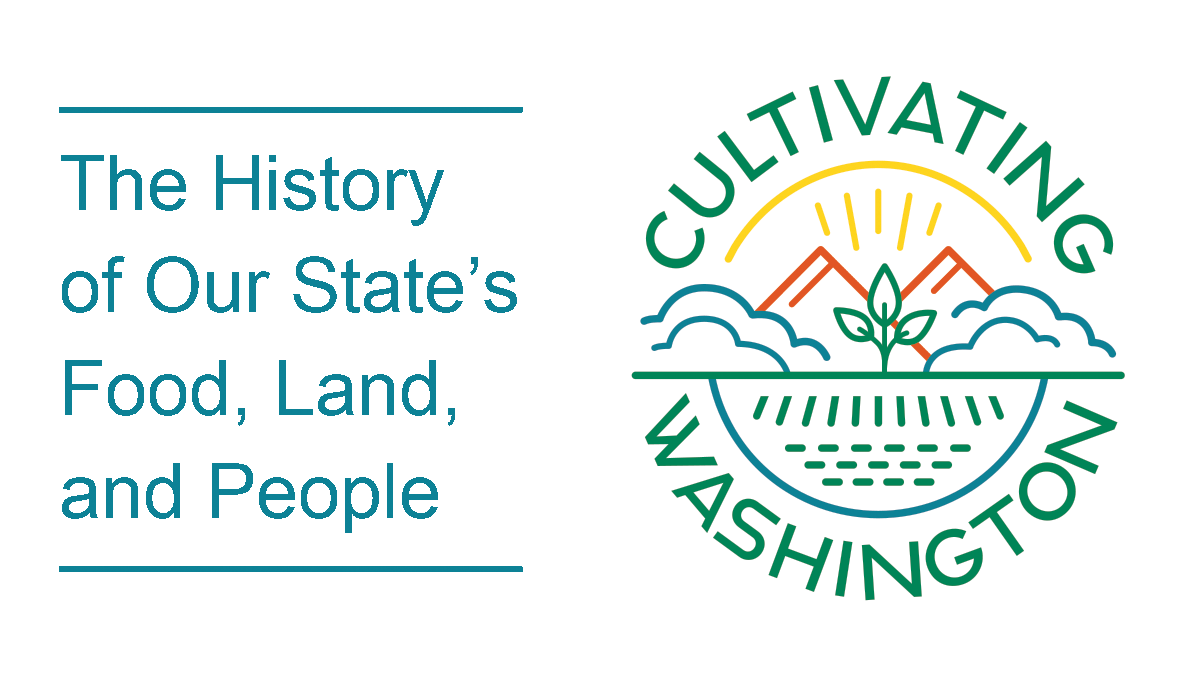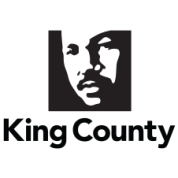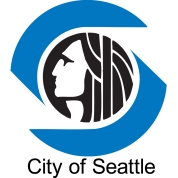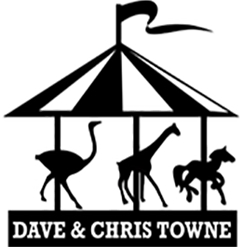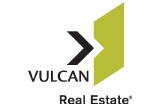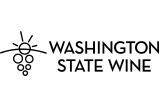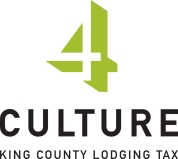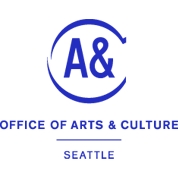
HistoryLink curriculum materials complement Washington state social studies curricula. These materials cover a wide range of topics and offer a variety of lessons for K-12 students. A number include primary sources, as well as activities to help students explore the role of historians in helping people understand how events and people have shaped Washington's history.
Agriculture
Cultivating Washington: The History of Our State’s Food, Land and People.
The history of agriculture in our state is rich and its impact on our way of life far-reaching. HistoryLink has partnered with the Washington State Historical Society, digital studio North by Northwest, and digital-learning company Vivayic and with the Office of Superintendent of Public Instruction to provide this history to a new generation of students.
Transportation
People on the Move: Early Travel in Washington State
Examine United States history, using local history as a focus, particularly westward expansion and the role of improvements in transportation and travel. Guide students in exploring the early history of Washington through textual and map analysis to explore how the landscape and natural resources influenced non-Native settlement.
Let's Cross That Bridge When We Come To It
Investigate how, whether in Washington's early days or today, when a bridge is damaged or closed down there can be serious repercussions. Students will gain a basic understanding of how bridges are constructed, why specific bridge sites were chosen, and how the bridge has influenced those who live or work in its vicinity.
Explore how their surrounding environments have shaped communities in and around the SR 520 corridor region, and how those communities have utilized and altered that landscape to fit their needs.
HistoryLink in the Classroom
Japanese Americans of Washington State and Their Allies
Engage students with HistoryLink’s biographical essays on Japanese Americans—and their allies–-who have lived and contributed to the history of Washington State.
Audio-Enhanced Essays: Integrating HistoryLink.org into Your Classroom
Hear the actual voice of someone who has lived through a significant event or era bring history to life. Lesson plans designed to integrate the audio-enhanced essays on HistoryLink.org have students interpret the value of hearing real voices describe their personal experiences with historical events or persons.
Counties and Towns: Integrating HistoryLink.org into Your Classroom
Discover the unique feature essay for each of Washington state's thirty-nine counties on HistoryLink.org. Students will understand that current events influence the role of a county, city, or town in developing history.
Oral Histories in the Classroom
Teach research and oral history techniques to secondary students. Students will learn about the history of their communities through carefully planned interviews, advance skills in organization and meeting deadlines, and promote interpersonal relationships between people of different ages, cultures, and socio-economic groups.
Today in Washington State History: Integrating HistoryLink.org into Your Classroom
Experience history as it changes day by day. "Today in Washington State History" is updated daily so that the featured timeline essays are tied to the current date. Students should understand that recent events -- even if they seem insignificant -- will be considered history to the next generation.
Environment and Landscape
NEW! Forest History Curriculum and Annotated Timeline
Created in 2025 as a part of HistoryLink's Forest History Project, this curriculum offers three lesson plans (Forest Fires, Women in Forestry, and Indigenous Relationships with the Land in the Olympic Peninsula) with focused inquiries related to the history of Washington's forest history. Also included as an educator and researcher's resource is an Annotated Timeline, presented in a spreadsheet of fully sourced and cited entries, which may be sorted chronologically, regionally, or thematically to explore and understand key events in Washington forest history.
Created in 2023 as a part of HistoryLink's Waterfront History Project, this curriculum offers six lesson plans with focused inquiries related to the history of Seattle's central waterfront.
Change Over Time: The Lowering of Lake Washington
Explore the effects of the opening of the Lake Washington Ship Canal (which led to the lowering of Lake Washington about nine feet) on businesses and families around the lake.
Leave No Stone Unturned: History Lessons for Rocky Beach Field Trip
Take a field trip to West Seattle's rocky beach habitat where students can explore the historical legacy of King County and Washington state institutions and their surrounding neighborhoods.
Cemetery Studies: These Are Matter of Grave Importance
Engage high school students in supervised cemetery-based classroom activities including research, site visits, and basic landscape maintenance. Selected primary and secondary sources teach students respect for the cemetery as a community research resource, and as a peaceful resting site for former inhabitants of the historic neighborhood.
World's Fairs
Alaska-Yukon-Pacific Exposition 1909-2009
Examine themes from the 1909 Alaska-Yukon-Pacific Exposition (A-Y-P) by guiding students to investigate and analyze different forms of primary sources. Encourage elementary and middle school students to explore how the A-Y-P reflected life in the Pacific Northwest a century ago, and challenge them to find similarities and differences in life today.
Imagine: Looking Forward by Looking Back
Examine life in the Pacific Northwest during the 1962 Seattle World's Fair and identify similarities and differences in today's world. Challenge students to imagine where we will go in the future by analyzing where we have come from.
Women's Suffrage
Champions by Choice: The Long Climb to the Top
Look at several women who orchestrated changes, ensuring that young women today have the opportunity to realize their dreams and accomplish their life goals.
War
Home of Record: The Vietnam War as Seen Through Primary Sources
Look back at the lives of the Vashon 12 and the Vashon community during the Vietnam War era, while introducing basic research techniques and stimulating discussions about personal rights versus civic rights and responsibilities.
